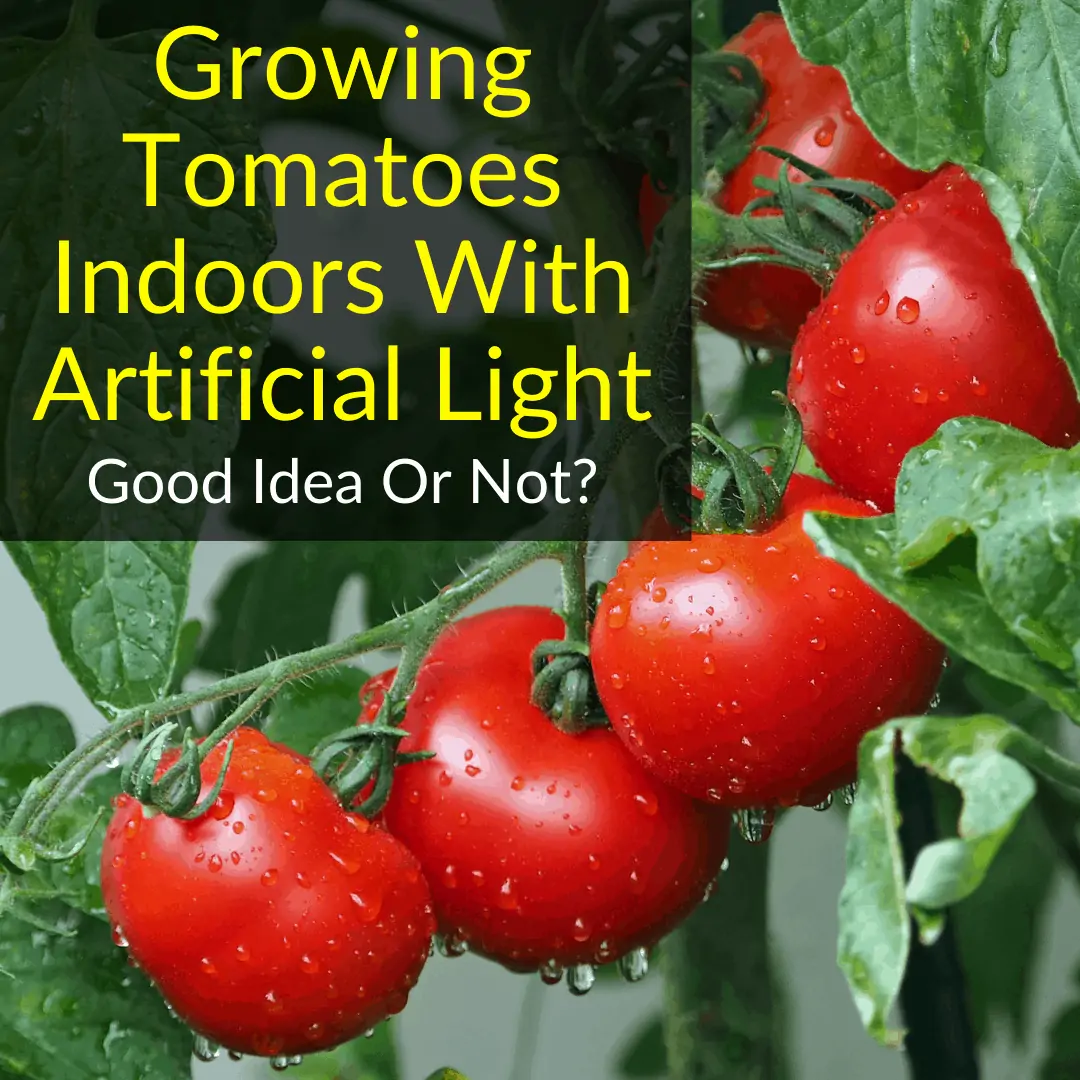How to Grow Tomatoes Indoors with Grow Lights: A Comprehensive Guide

Are you dreaming of fresh, juicy tomatoes but lack the outdoor space? Welcome to the world of indoor tomato cultivation! Growing tomatoes indoors with grow lights is not only possible but also incredibly rewarding. Imagine plucking ripe tomatoes from your indoor garden, ready to be sliced into a salad or tossed into a pasta sauce. Let's dive into this exciting journey and explore how you can turn your indoor space into a thriving tomato oasis.
Understanding Indoor Tomato Cultivation
Indoor tomato cultivation is a fascinating blend of science and art. Unlike outdoor gardening, where nature takes the lead, indoor gardening requires a bit more control. The key to successful indoor tomato growth lies in providing the right amount of artificial light, maintaining optimal temperature and humidity, and ensuring proper nutrition.
The Role of Artificial Light in Tomato Growth
Artificial light is the lifeblood of indoor tomato cultivation. Without the sun's natural rays, your tomatoes rely on grow lights to photosynthesize and grow. But not all grow lights are created equal. Understanding the different types of grow lights and their benefits is crucial for your tomatoes' success.
Types of Grow Lights for Indoor Tomatoes
Fluorescent Grow Lights
Fluorescent grow lights are a popular choice for beginners. They are affordable, energy-efficient, and emit a broad spectrum of light that mimics natural sunlight. These lights are great for seedlings and young plants but may not provide enough intensity for mature tomato plants.
LED Grow Lights
LED grow lights are the gold standard for indoor tomato cultivation. They are highly efficient, produce minimal heat, and can be tailored to emit specific wavelengths of light that promote plant growth. LEDs are more expensive upfront but offer significant long-term savings on energy costs.
HID Grow Lights
High-Intensity Discharge (HID) grow lights, such as Metal Halide (MH) and High-Pressure Sodium (HPS) lights, are powerful and provide a full spectrum of light. However, they generate a lot of heat and consume more energy than LEDs. HID lights are best suited for larger indoor gardens where heat and energy consumption are less of a concern.
Setting Up Your Indoor Tomato Garden
Choosing the Right Space
Selecting the right space for your indoor tomato garden is crucial. Look for a room with consistent temperatures between 65°F and 75°F (18°C and 24°C). Avoid areas with drafts or direct sunlight, as these can interfere with your grow lights' effectiveness.
Grow Light Placement
Proper grow light placement is essential for optimal tomato growth. Hang your grow lights about 6-12 inches above your plants, adjusting the height as your tomatoes grow. Ensure that the light coverage is even to prevent uneven growth.
Temperature and Humidity Control
Maintaining the right temperature and humidity is vital for indoor plant care. Tomatoes thrive in temperatures between 65°F and 75°F (18°C and 24°C) and humidity levels between 40% and 60%. Use a thermometer and hygrometer to monitor these conditions and adjust as needed.
Caring for Your Indoor Tomatoes
Watering and Nutrition
Watering your indoor tomatoes is a delicate balance. Too much water can lead to root rot, while too little can stunt growth. Aim to keep the soil consistently moist but not waterlogged. Use a well-draining potting mix and a balanced fertilizer to ensure your tomatoes get the nutrients they need.
Pruning and Support
Pruning your tomato plants helps promote healthy growth and increases fruit production. Remove any suckers (small shoots that grow between the main stem and branches) and pinch back the tips of the main stems to encourage bushier growth. Use tomato cages or stakes to support your plants as they grow.
Pest and Disease Management
Indoor tomato cultivation is not immune to pests and diseases. Regularly inspect your plants for signs of pests like aphids, spider mites, and whiteflies. Use organic pesticides or insecticidal soaps to control infestations. Keep your plants well-ventilated to prevent fungal diseases like powdery mildew.
Conclusion
Growing tomatoes indoors with grow lights is a rewarding experience that brings the joy of gardening right into your home. By understanding the role of artificial light, choosing the right grow lights, and providing proper care, you can cultivate a thriving indoor tomato garden. So, why wait? Start your indoor tomato cultivation journey today and enjoy the fruits of your labor!
FAQs
What are the best tomato varieties for indoor cultivation?
- Determinate varieties like 'Patio,' 'Tiny Tim,' and 'Micro-Tom' are excellent choices for indoor cultivation due to their compact size and shorter growing season.
How many hours of light do indoor tomatoes need?
- Indoor tomatoes typically need 14-16 hours of light per day to thrive. Ensure your grow lights are on a timer to provide consistent light exposure.
Can I use regular household lights to grow tomatoes indoors?
- Regular household lights are not suitable for growing tomatoes indoors. They do not provide the full spectrum of light needed for plant growth. Invest in specialized grow lights for the best results.
How often should I water my indoor tomatoes?
- Water your indoor tomatoes when the top inch of soil feels dry to the touch. The frequency will depend on the size of your plants, the type of potting mix, and the humidity levels in your indoor garden.
What should I do if my indoor tomatoes are not producing fruit?
- If your indoor tomatoes are not producing fruit, check for adequate light, proper temperature and humidity, and sufficient nutrients. Ensure your plants are not overcrowded and provide gentle shaking to encourage pollination.


By following these guidelines and tips, you'll be well on your way to growing a bountiful harvest of tomatoes right in your own home. Happy gardening!
0 Response to "How to Grow Tomatoes Indoors with Grow Lights: A Comprehensive Guide"
Post a Comment